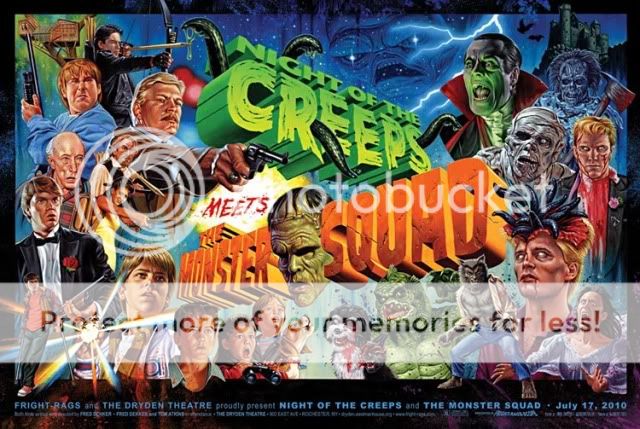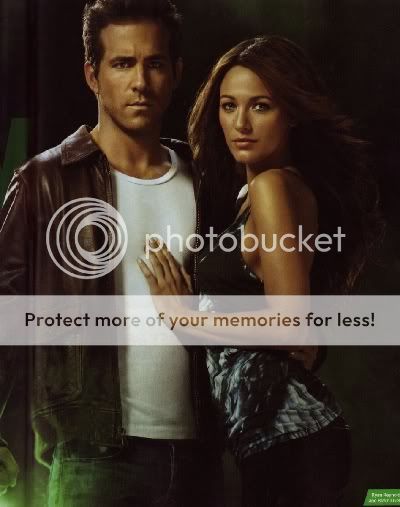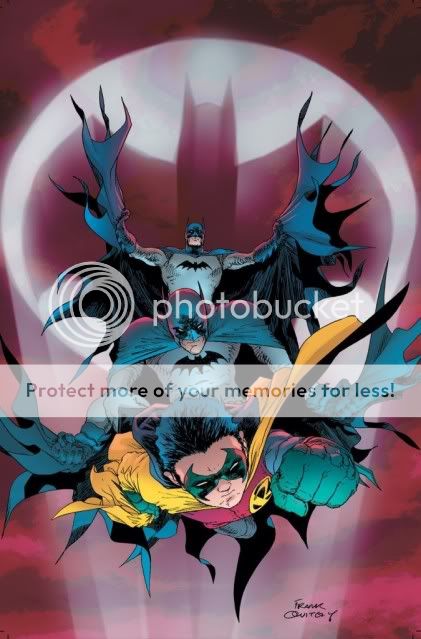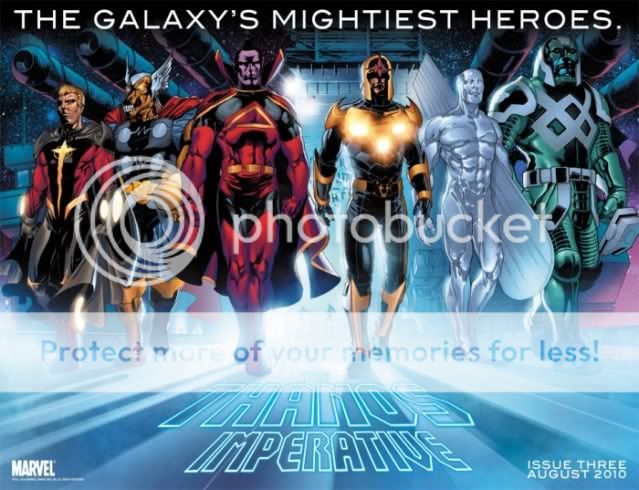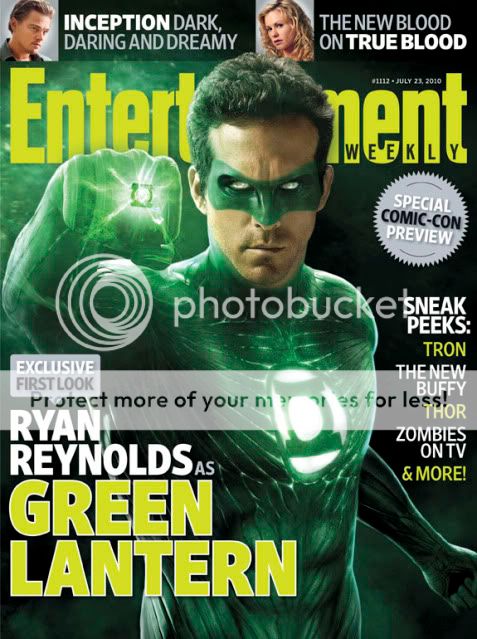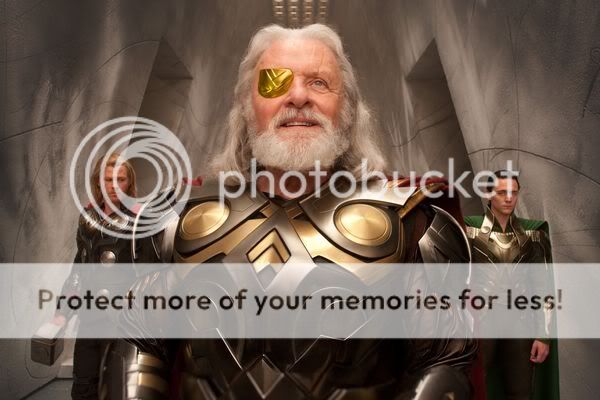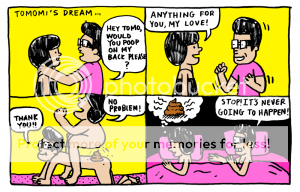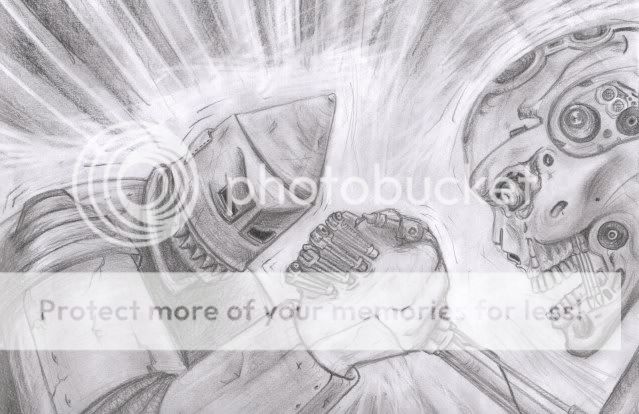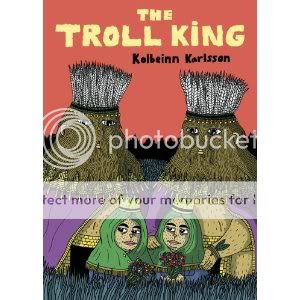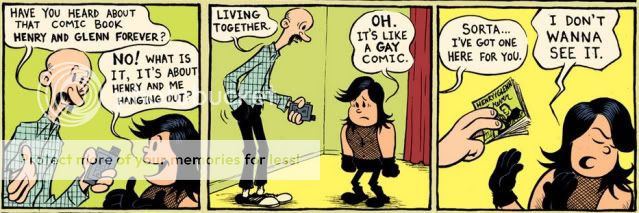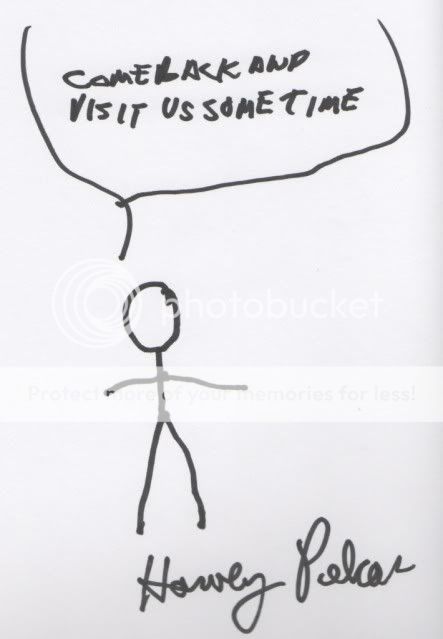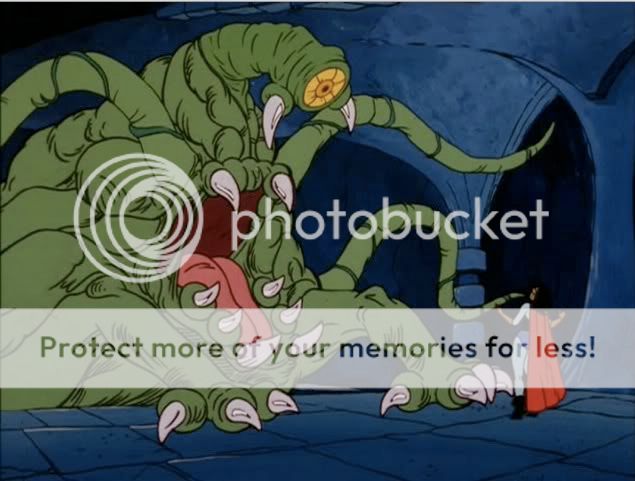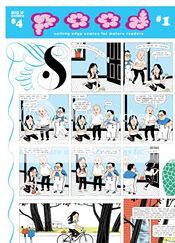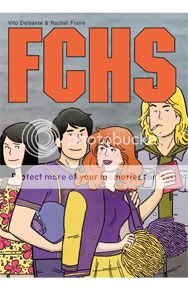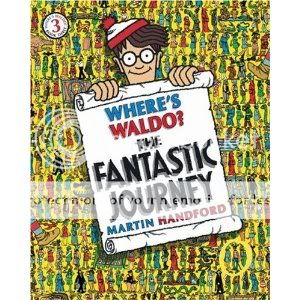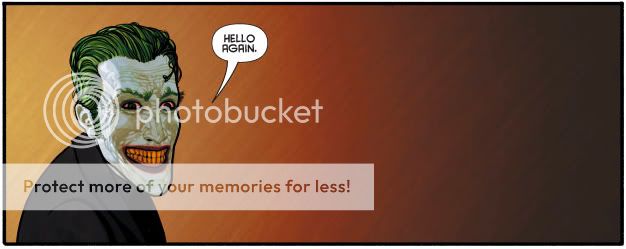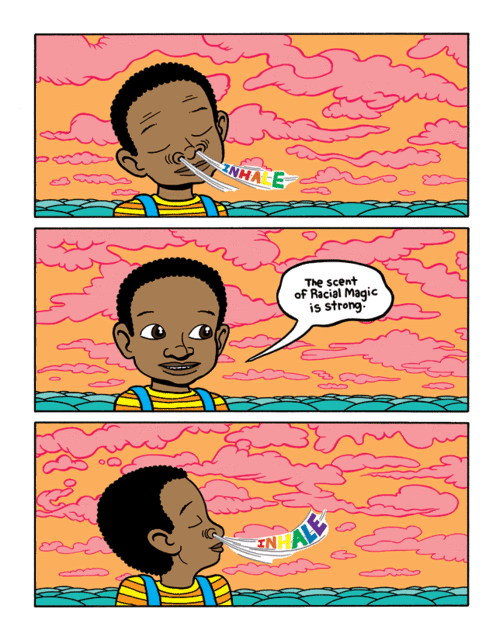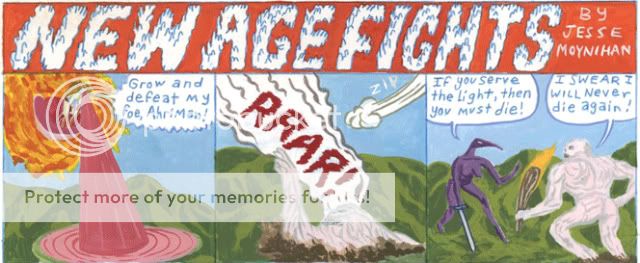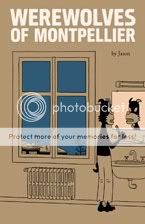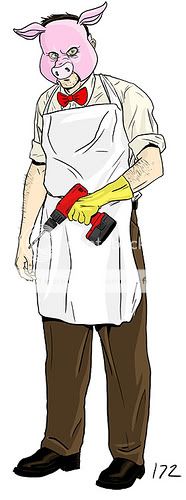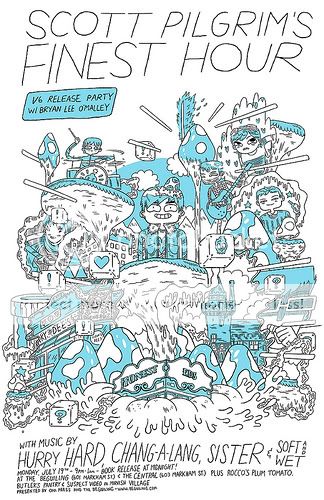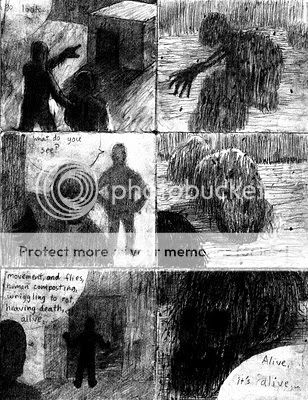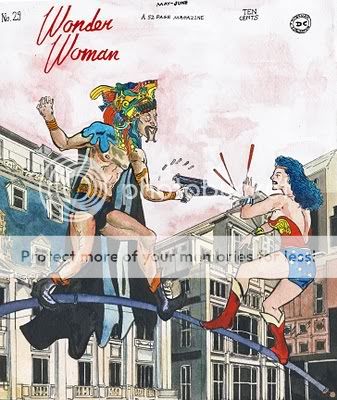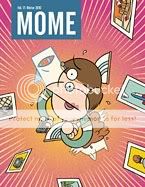
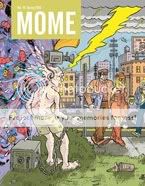

Mome
Vol. 17: Winter 2010
Kaela Graham, Rick Froberg, Paul Hornschemeier, Tom Kaczynski, Dash Shaw, Laura Park, Olivier Schrauwen, Michael Jada, Derek Van Gieson, Sara Edward-Corbett, Renee French, Ted Stearn, Kurt Wolfgang, T. Edward Bak, Josh Simmons, writers/artists
Vol. 18: Spring 2010
Kaela Graham, Nate Neal, Lilli Carre, Dave Cooper, Gavin McInnes, Ben Jones, Frank Santoro, Jon Vermilyea, Ivan Brun, Joe Daly, Ted Stearn, Nicolas Mahler, Tim Lane, Conor O’Keefe, Michael Jada, Derek Van Gieson, T. Edward Bak, Renee French, Jon Adams, writers/artists
Vol. 19: Summer 2010
Kaela Graham, The Partridge in the Pear Tree, Josh Simmons, Olivier Schrauwen, Gilbert Hernandez, D.J. Bryant, Tim Lane, Conor O’Keefe, Robert Goodin, T. Edward Bak, writers/artists
Eric Reynolds, Gary Groth, editors
Fantagraphics, 2010
Vol. 17: 120 pages
Vols. 18-19: 128 pages each
$14.99 Each
Buy them from Fantagraphics
Buy them from Amazon.com
Now that’s more like it!
Last time I checked in with Fantagraphics’ flagship anthology series–well, you could say one of two things about it: 1) That it lacked focus, or 2) that what it was focusing on just wasn’t remotely my cup of tea. Overly familiar underground schtick, humor pieces that didn’t make me laugh, whimsical work that lacked urgency and oomph, an overall identity crisis caused at least in part by high turnover among an ever-expanding line-up…Whatever it was, it bummed me out as someone who’s read the book from the get-go (and submitted to it a couple times!), and often forcefully advocated for it as the best buy in alternative comics not despite but in part because of the varying quality of the contributions, which enables you to directly observe the difference between what works and what doesn’t.
Now, though? It’s back in business. You can mostly credit the newer crop of contributors, a rough and tumble bunch who are bringing some fierce and hard-edged work to the table. Jon Vermilyea’s guest-artist turn in BJ and Frank Santoro’s Cold Heat-verse is brining out the funny, monstrous, horny, creepy side of that franchise more than ever before. Tim Lane’s nasty, Burnsian blend of noir and slice-of-life harkens back to the altcomix material that first made you uncomfortable when you first drifted over to the wrong side of the comics shop a decade and a half ago. Michael Jada is harnessing Derek Van Gieson’s sooty, watery black-and-white images to a tough-as-nails World War II story, of all things. Olivier Schrauwen has submitted his two best contributions thus far: a journey into the colonialist heart of darkness, and a C.F.-evoking tearjerker about the fantasy life of a man in a waking coma. Gilbert freaking Hernandez guest stars with a Roy story that’s good at everything Beto’s ever good at: character designs, dark skies, body language. Josh Simmons continues making a name for himself as one of the best in the biz with the start of “White Rhinoceros,” a cringingly funny cross between Alice in Wonderland and a Mel Gibson phonecall, with some of the best coloring this side of The Dark Knight Strikes Again. Robert Goodin returns with an impeccably drawn story of Carl Jung’s religious awakening, complete with giant god-shit falling from the sky and crushing a cathedral. Newcomer D.J. Bryant submits a story of a crumbling marriage that’s nasty in more ways than when–it’s straight-up porn, and good porn at that. And thanks to some perfectly evoked body language in an illo from Rick Froberg, Bryant’s story isn’t even the first memorable depiction of cunnilingus in these three issues!
I’m not on board with everything, of course. Paul Hornschemeier’s “Life with Mr. Dangerous” concludes as uneventfully as it’s continued; I’m an admirer of Hornschemeier’s work and it’s always lovely to look at, so I’m gonna reserve judgment for the eventual collection, but having that story wrap up feels like a welcome farewell to what Mome used to be. T. Edward Bak’s historical comic about the naturalist Georg Steller showed promise at first, but I’m thrown by the awkward way he breaks sentences mid-phrase from panel to panel or even page to page, and a story like this needs all the smooth-storytelling help it can get. Conor O’Keefe’s work is gently gorgeous to an almost ridiculous degree, but I’ve got no “in” to his whimsical world of boy-men in nightgowns. Nicolas Mahler’s amusing autobiographical anecdotes are the very definition of “nice, nice, not thrilling, but nice.” Much as I love seeing comics from Dave Cooper, his Pip & Norton stuff with Vice co-founder Gavin McInnes has always been his weakest. I’m equally cold on another comic duo, Ted Stearn’s Fuzz and Pluck. And the less said about Nate Neal here, the better–his two-page takedown of “hipsters,” for Christ’s sake, presents itself as though thousands and thousands of people haven’t spent the last decade doing exactly that (did you know they are pretentious? did you know they buy ugly clothes at vintage stores? did you know they live in Williamsburg? good lord) and is easily the most embarrassing thing that’s ever made its way into a Mome. (Which reminds me–it’s an anti-hipster piece in an alternative-comics literary journal. I feel like Elaine Benes shouting at toupee-wearing George Costanza when he refuses to date a balding woman: “You’re bald!”)
But the balance is definitely in favor of the strong stuff, because it is strong stuff–well drawn in a variety of styles, and potentially troubling without cloaking itself in shopworn tropes. Even the work that’s sort of middle-of-the-road in terms of the reaction it got from me has its moments, from the physical mechanics of the swamp creature Sara Edward-Corbett draws to the doll-like character designs and dramatic angles of Ivan Brun’s rather on-the-nose story of gun violence Jon Adams’s weird mash-up of Chris Ware fanfic and Stephen King short story. Once again, you’re getting your bang for your buck.



